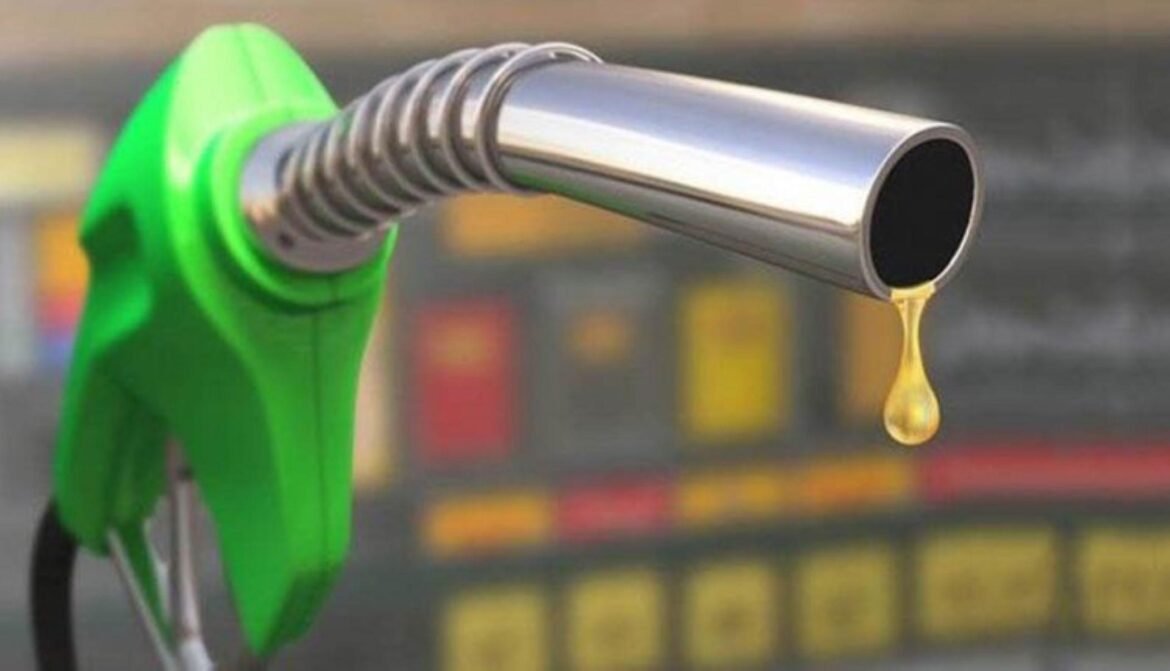The United States oil prices plunged below zero on Monday as demand for energy collapses amid the coronavirus pandemic.
While crude production hasn’t stopped, there is little demand and this is causing problems with storage
According Associated Press reports, benchmark US crude for May delivery plummeted to negative $3.70 per barrel.
This means that traders will have to pay $37.63 to get someone to accept a delivery of a barrel of oil.
The May delivery contract is close to expiring so it was seeing less trading volume, which can exacerbate swings. But prices for deliveries even further into the future, which were seeing larger trading volumes, also plunged.
Demand for oil has collapsed so much due to the COVID-19 pandemic that facilities for storing crude are nearly full.
Tanks could hit their limits within three weeks, according to Chris Midgley, head of analytics at S&P Global Platts.
Benchmark US crude oil for June delivery, which shows a more ”normal” price, fell 14.8 per cent to $21.32 per barrel, as factories and automobiles around the world remain idled.
Big oil producers have announced cutbacks in production in hopes of better balancing supplies with demand, but many analysts say it’s not enough.
“Basically, bears are out for blood,” analyst Naeem Aslam of Avatrade said in a report.
“The steep fall in the price is because of the lack of sufficient demand and lack of storage place given the fact that the production cut has failed to address the supply glut.”
Brent crude, the international standard, was down by $1.78 to $26.30 per barrel.







